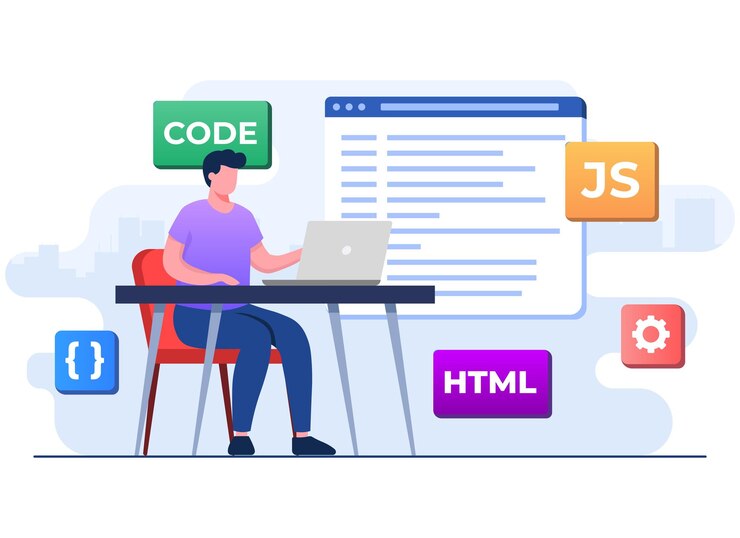
Steps in Website Design.
Website Design: An Art and Science of Creating Digital Experiences
A well-designed website is not only a luxury in the digital age, but also a necessity. As the online gateway to your brand, your website should reflect your company’s values, engage visitors, and drive conversions. This guide explores the core elements of effective website design and why it’s crucial for your business.
1. Understanding Your Audience
Before diving into the aesthetics and functionality of a website, it’s essential to understand your target audience. Your website ought to accommodate their inclinations, needs, and habits. Conduct market research to gather insights about your audience’s demographics, interests, and online habits. This information will guide the design process, ensuring that the website resonates with your visitors and meets their expectations.
2. Crafting a User-Centric Design
User experience (UX) is at the heart of successful website design. The goal of a user-centric design is to give users an easy-to-use and delightful experience. Key elements include:
- Navigation: A well-structured navigation menu helps users find information quickly and efficiently. Ensure that menus are clear, with logical categories and subcategories.
- Responsive Design: Your website needs to be responsive because more people are using mobile devices. This means it should adjust seamlessly to different screen sizes and devices, providing a consistent experience for all users.
- Loading Speed: A slow website can frustrate users and lead to higher bounce rates. Optimize images, leverage caching, and streamline code to improve loading times.

3. Aesthetic Appeal
Visual design plays a significant role in capturing visitors’ attention and conveying your brand’s message. Consider the following design principles:
- Colour Scheme: Select shades that express the required feelings and are consistent with your business identity. A harmonious colour palette enhances readability and visual appeal.
- Typography: Select fonts that are easy to read and reflect your brand’s personality. Maintain consistency in font choices for headings, body text, and call-to-actions.
- Imagery: High-quality images and graphics can make your website more engaging. Use visuals that support your content and reinforce your brand message.
4. Content is King
Content is a critical component of your website design. It should be relevant, valuable, and tailored to your audience. Effective content strategies include:
- Clear Messaging: Communicate your brand’s value proposition clearly and concisely. Visitors should understand what you offer and why it matters to them.
- Calls-to-Action (CTAs): CTAs guide users towards desired actions, such as making a purchase or signing up for a newsletter. Ensure CTAs are prominent and compelling.
- SEO Optimization: Include appropriate keywords and make your article search engine friendly. This draws natural traffic to your website and improves its visibility.
5. Functionality and Features
A well-designed website should offer a range of features that enhance its functionality. Consider integrating:
- Contact Forms: Facilitate easy communication with your visitors through contact forms or live chat options.
- E-commerce Capabilities: For online stores, ensure a seamless shopping experience with features like product catalogs, shopping carts, and secure payment gateways.
6. Accessibility and Compliance
All users, including those with limitations, can navigate and interact with your content due to an accessible website. Follow web accessibility guidelines, such as providing alternative text for images and ensuring keyboard navigability.
Additionally, ensure your website complies with legal requirements, such as data protection regulations and cookie consent laws.
7. Ongoing Maintenance and Improvement
Website design is not a one-time task; it requires ongoing maintenance and updates. Regularly review and refresh your content, test functionality, and make improvements based on user feedback and analytics.
Conclusion
Website design is a blend of art and science, requiring a deep understanding of your audience, a focus on user experience, and attention to aesthetic details. By prioritizing these elements, you create a digital experience that not only attracts and retains visitors but also drives your business goals. Investing in a well-designed website is investing in your brand’s online success.












